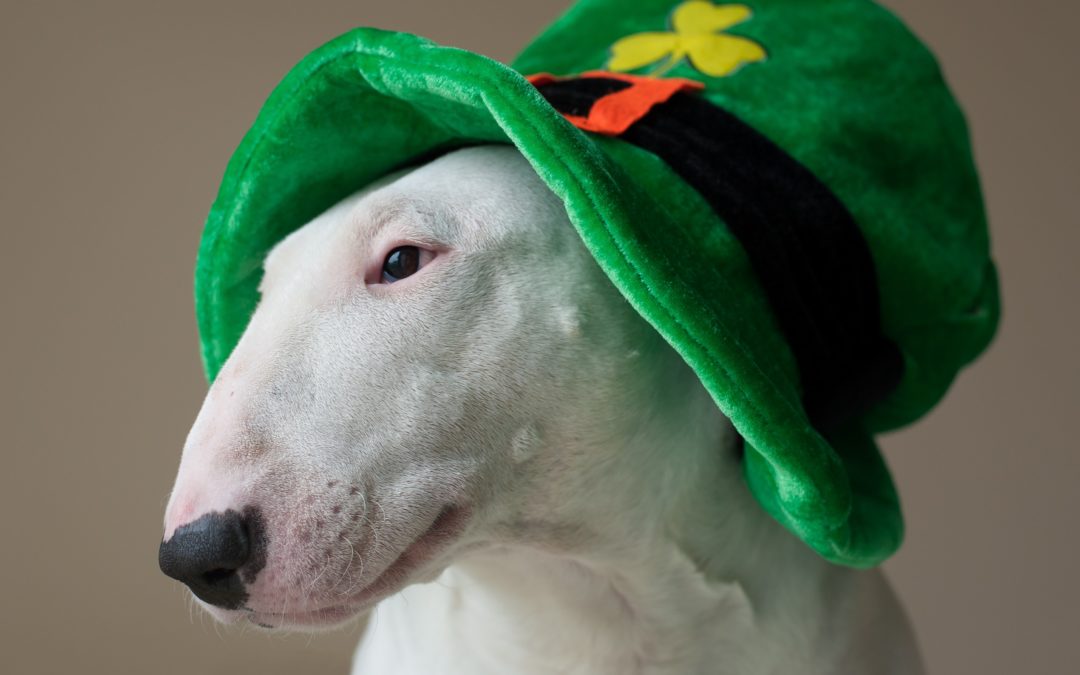St. Patrick’s Day is a bit of a forgotten holiday for many of us. Some areas have big celebrations and parades, however, many people may or may not wear green and decorate a bit, but that is usually the extent of celebrations. That being said, St. Patrick’s Day has much that is intriguing about it, and with everything going on in the world, every chance to celebrate is worth utilizing. This week we will be discussing ten fun facts about St. Patrick’s Day. Perhaps something on this list will influence your own celebrations this year.
Why March 17th?
St. Patrick’s Day is meant to celebrate the life of St. Patrick, the patron saint of Ireland. The date was chosen because it is believed that he passed away on March 17th, 461.
St. Patrick Did Not Originally Come to Ireland as a Missionary
He was actually kidnapped at age 16 from his home in Roman Britain and brought as a slave into Ireland.
Why Shamrocks?
It is believed that St. Patrick actually used a three-leaf clover to explain the Trinity (Father, Son, and Holy Ghost) to new converts.
Dublin Has a Major Celebration
Every year, Dublin throws a celebration that lasts four entire days! The largest part of this celebration involves a massive parade that goes throughout the city.
America Did the Parade First
Although Dublin conducts a massive parade each year, the first one actually occurred in the United States. Specifically, it occurred in New York City in 1762.
Chicago Dyes Their River Green
That’s right! Every year since 1962, the Plumber Union dyes the Chicago River green in celebration of the day.
The Odds of Finding a Four-Leaf Clover are Very Slim
Specifically, the chances are about 1 in 10,000. So, if you find one, be sure to post it on your social media!
St. Patrick’s Day was Not Always Celebrated with Alcohol
Though many Irish people drink to celebrate the holiday, the day was actually considered a “dry holiday” up until the 1970s.
Cabbage and Corned Beef Was Not First Created in Ireland
Like many other meals that are considered “traditional” to certain countries, this particular meal was originally made by Irish American immigrants. In Ireland, most people have cabbage and bacon instead.
Green was Not Always the Thing
Originally blue was the color associated with St. Patrick as the earliest depictions of him had him dressed in blue clothes. However, when Henry VIII declared himself King of Ireland, using a blue coat of arms, the Irish population rebelled by making green the color of Irish culture (based on the use of the shamrock as their symbol).

